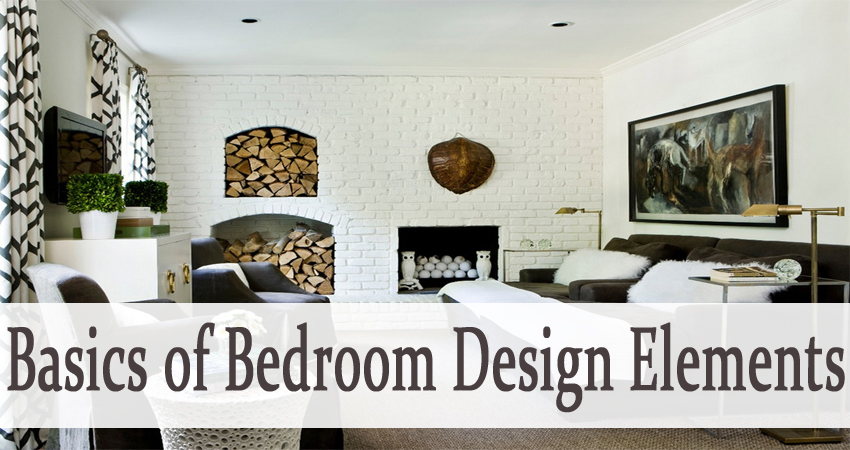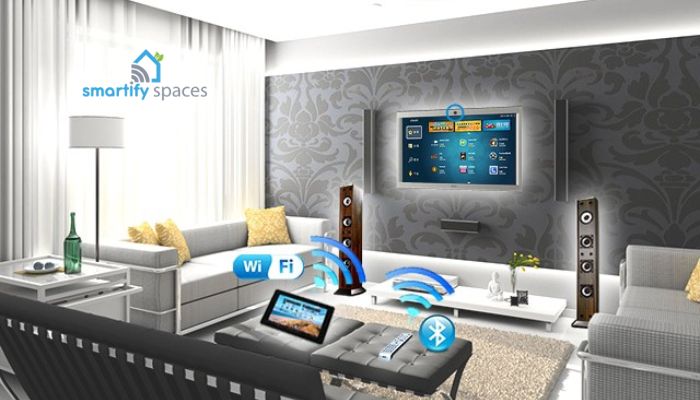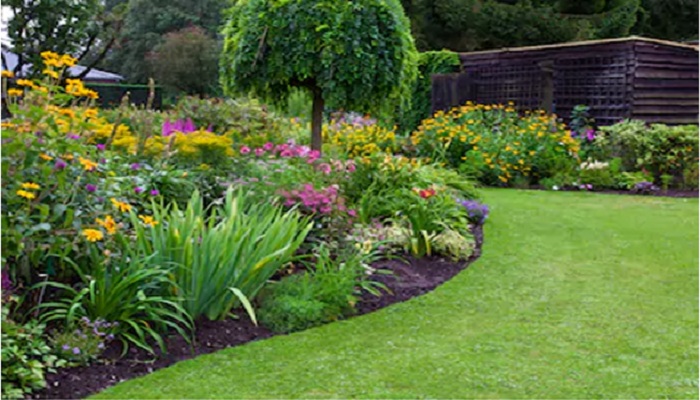Basics of Bedroom Design Elements | Decorating for beginners

Admit it, we all aspire to be a little more competent when it comes to decorating. For years, we have it in our head how our dream home would look like. Some are inspired by what we see in magazines and on televisions, while others have a little more creativity and create their own vivid imagination. Others have even made a career out of it, decorating homes for themselves and others.
But there lies the mistake. There is a huge difference between interior decorating and interior design. Interior decorating mostly deals with enhancing the beauty and appeal of an existing space by adding furniture, upholstery, and other features. Meanwhile, the design has little more depth into it, mostly dealing with creating space where there is none. Interior decorating can be considered a hobby, while the interior design is a profession that needs years of experience.
For homes, design always precedes decoration and given more importance. It is about how space is maximized to its full potential, given a purpose, and serving that purpose to its full extent. Decorating comes after and is usually based on the design of the space. There are few spaces at home where great design plays an integral part. Living rooms typically serve multiple functions and should, therefore, need an expert opinion on its design. It is the same with the kitchen and, of course, the bedroom.
If you’re like me, and in fact a lot of people, you love spending time in your room. If left to my device, I would hardly leave it at all. What I love about it is the sense of peace and calmness I feel inside. For a long time, I couldn’t explain why I love spending so much time in it. Not until when a designer friend explained the basics of design that I understood what makes my room, or any room for that matter, work. My friend explained of dimensions. She explained the importance of harmony among the furniture and she mentioned about flow. It got me curious, so I went ahead and investigated with the help of the internet.
Consider the space
List of Contents
In a bedroom or any room for that matter, space sets the foundation. To some, it might be just another empty area, but for a select few, it is considered as their blank canvas for them to project their ideas and creativity. A bedroom’s space is governed by two types of spaces: its two-dimensional space and its three-dimensional space. The 2D is the floor, its length, and width. The 3D is the entire living space; length, height, and width.
A bedroom that is filled with furnishings like a bed, dresser, and table is said to be a positive space, while negative space is a bedroom without any such furniture. The main idea is to achieve a balance between positive and negative space, as well as the use of both 2D and 3D spaces.
Limitless lines
Next, we go to the principle that governs lines in a bedroom. As human beings, our eyes are instinctually drawn to lines. It is, after all, the basic elements of shape and form. It might not be so much of a conscious reaction, but our eyes and mind perceive the unity and harmony of different lines, which can be categorized into three distinct classes: dynamic, horizontal, and vertical.
Horizontal lines are in tables, dresser, chairs, and beds. Vertical lines are usually associated with windows, doorways, and closets, while dynamic lines are concerned with actions like stairs. Interior designers take great care in playing with lines in a bedroom to create balance and harmony.
Light and shadow
One major design element to consider in any bedroom is the lighting. Growing up, there was really only one light in my room. When I got a place of my own, I opted to widen my choices, standard ceiling lighting, recessed lighting, and a lamp on each side of my bed. The light in any bedroom plays an important role in the perception of a space.
During the day, natural lighting dominates and artificial ones take over at night. In design, window placement should be considered, and the general rule is to allow as much natural light as possible. For artificial light, it should set the mood and ambiance of the room into one of comfort and relaxation.
Color play
Finally, we arrive at everyone’s favorite design element, color. This is where the character of the designer truly comes out. We associate so much weight on color, whether it is our mood or personality. In design, there is great importance given on color choices, especially when it comes to the bedroom. Even soon-to-be parents know about color choices for their child’s bedroom.
Color elements such as hue, intensity, and value are integral in the overall perception of any bedroom. A one-tone color can be seen as boring and uninspiring, while multiple color choices can make the room constrained and chaotic. Like all bedroom space elements, a sense of equilibrium must be achieved when it comes to the colors.
Solid primary or secondary colors are ideal for walls while complementary or even opposite colors can be chosen for furnishings. Neutral colors should also be brought in to give a sense of balance and unity.
Conclusion
As I hit “close” on all tabs relating to interior design and begin to open my favorite sites like eyespysupply.com, I’m left wondering how anyone would perceive my room and if any of my personality would shine through from this space. Like a lot of us, I didn’t really design the space, I only took over it when the previous tenant left.
But I did pay close attention, albeit subconsciously, to all basic elements that govern my bedroom when I started to decorate it so much so that it took me almost three years before I was satisfied with it. I didn’t just buy all the furniture in one go; I took my time going through different thrift shops, furniture stores, and antique shops to find the right ones to put in. All the effort paid off. At the end of the day, I can’t wait to be back in my cocoon of warmth and safety.





